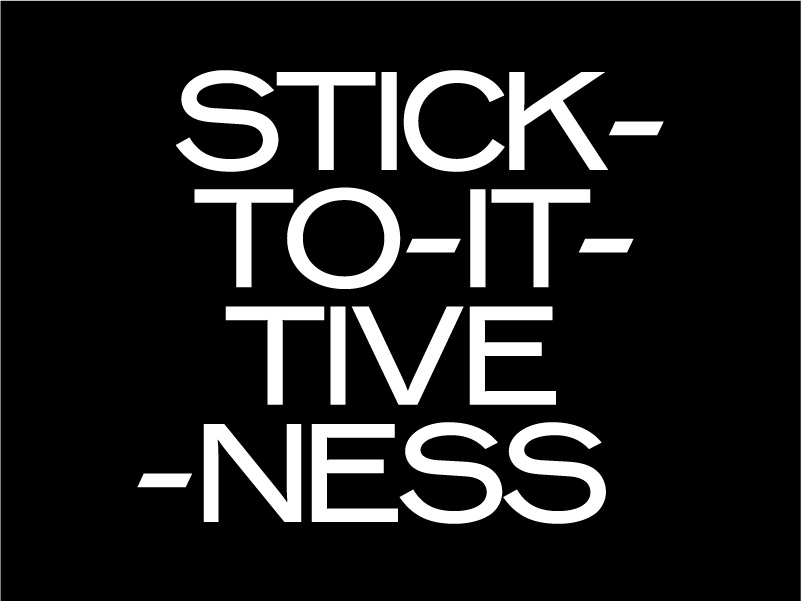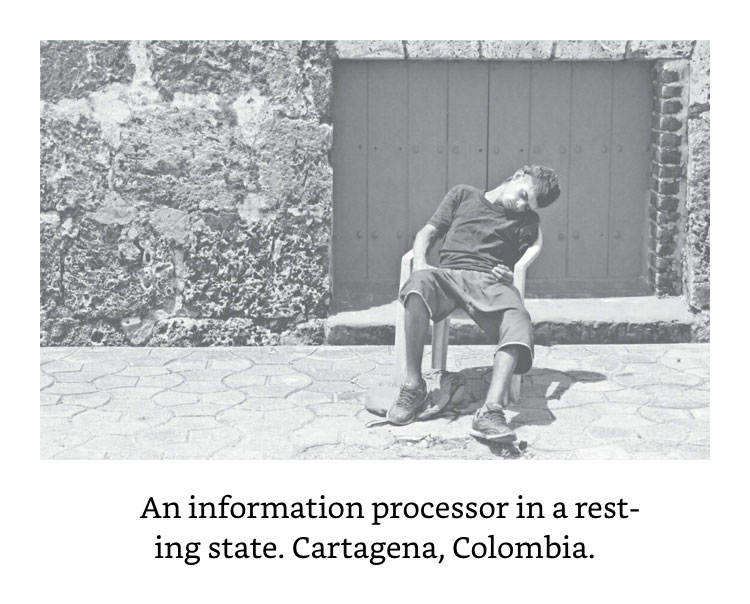
Hello to you out there. It’s me from over here. Nice to meet you at the replacement for the town square—the glowing rectangle.
Pretend the picture above (taken last weekend in the simmering tropics of Northern Australia) is your seat on the train. You’ve got a window seat, 5pm sun at your left shoulder so you’ll see the last hour of light reach out into the distance until it disappears. Now your phone glows. Turn down the brightness. Find something worth reading. Read on.
I don’t know what the Littoral Line is about yet, except that I like “littoral” places—places on the shoreline, occurring at the edge of things, like the last hour of daylight. So I’ll sit here with that idea and see where we get to.
Just to be sure, you’ve probably signed up for this because I told you I was going to do write an email newsletter, so we’ve probably spoken in a past online thread, or by email, or hell, maybe even in person. I guess the typical designer would write about design industry things. That makes sense. Except I find the majority of those listicles a little boring at the best of times. To give you some context, LL is about design, the web and our attention. What are the patterns of our attention? What captures our attention? Why? Is there room for wonder while we’re busy with our lives? I think there is. You can think of LL as a kind of running diary of those times when I notice such things and actually remember them long enough to note them down.

5 a.m. Nepholopsia
Oliver loved words so much, he often dreamed of them, and sometimes dreamed them up. One morning, six years ago, I found a phrase he’d written on the white board in the kitchen. All it said was “5 a.m. Nepholopsia.”
Do you ever struggle to find the right words? Does it delight you when you can finally take hold of the word that’s been on the tip of your tongue for seconds, minutes, weeks? I’ve been admiring the way Oliver Sacks could absorb himself into imaginary worlds through his love of words. At the other end of the spectrum, I’m reminded of David Lynch’s stark, gnomic mantras—“This is the girl!”:
Lynch has said, more than once, that he had to “learn to talk,” and his very particular, somewhat limited vocabulary seems in many ways an outgrowth of his aesthetic. In keeping with his interest in the intangible, he has a curious, syntactically awkward fondness for abstract nouns.
There’s something in my Y chromosome that just needs to do this too. To collect these curious words, to imagine their lettering structure, what they might connect to and how they might break a spell. Or not. Maybe it’s just my nature to like ‘em. Like playing a record because you just want to. I’ve been trading these “spangly words” with a few friends over the years, and sometimes I make graphics out of them (like the above “Stick-to-it-ive-ness” graphic, taken from the sublime James Polk & Yvonne Joseph 45). Indeed, “to savor the thingness of words is to move away from their imprisoning nature.”

Things inbetween
A typeface to write about archaeological finds. “The pictograms have a Unicode, allowing the font to be used on all text editors”. Please share this with me if you have it. I have no immediate use. I just like looking at it. In the wonder cabinet it’ll go.
One Hundred Imaginary Gifts from the Simulators. Stuck? Use this list of imaginary attentions as a kind of Borgesian Oblique Strategies. “98. a microcircuit printed on a feather”.
I forgot about Fridge. Luckily I had Steve to remind me. We used to play this in the Cambridge Oddbins while I drew mad things on the butchers paper that we’d wrap the purchased liquor in. That was a dozen years ago now. Still sounds good.
Nuxt 2 is out. For a while there, static site generators were liberating and fun. But for the past 18 months I’ve been using Vue.js for almost everything (with a little React sprinkled in occassionally). Waiting for page loads on Jekyll sites now feel agonising. Zoom, zoom, Nuxt.js is the future.
Why Information Grows is my favourite book of the year so far. A Bugatti Veyron sports car sells for $2.5m. After driving it into a wall, it’s worthless. Yet all of the atoms in the car would still be there. What has changed is the order of the atoms in the car, which reflects the information embedded in the product. And the product reflects the know-how of its designers and manufacturers. Hidalgo’s book helped me understand information theory from the atomic level through to the economic level. Most interestingly, he notes that the products we make are “crystallised imagination”, a phrase that I’m sure will stick in my head for the next few years.

It’s a wrap
I think that’s enough for today. To close the loop on the idea of “littoral”, the above shoreline picture gave me the name for this newsletter thing. As ideas become fully formed, moving from zone-based fragments into narrow focus, they become directional lines. That’s when you have to act and catch them. Or they wash away to the back parts of memory, again.
One last thing. I published a blog post on taste this week. I think it complements a post on beauty that I wrote a few months ago. I have in mind another about originality and authenticity, which should be a natural extension of these same ideas, but given that the last few posts have taken 500% longer than I anticipated, I’m inclined to start publishing smaller pieces and see how well they compile as a blog. Your thoughts?
Yours in curious syntactic awkwardness,
Callum